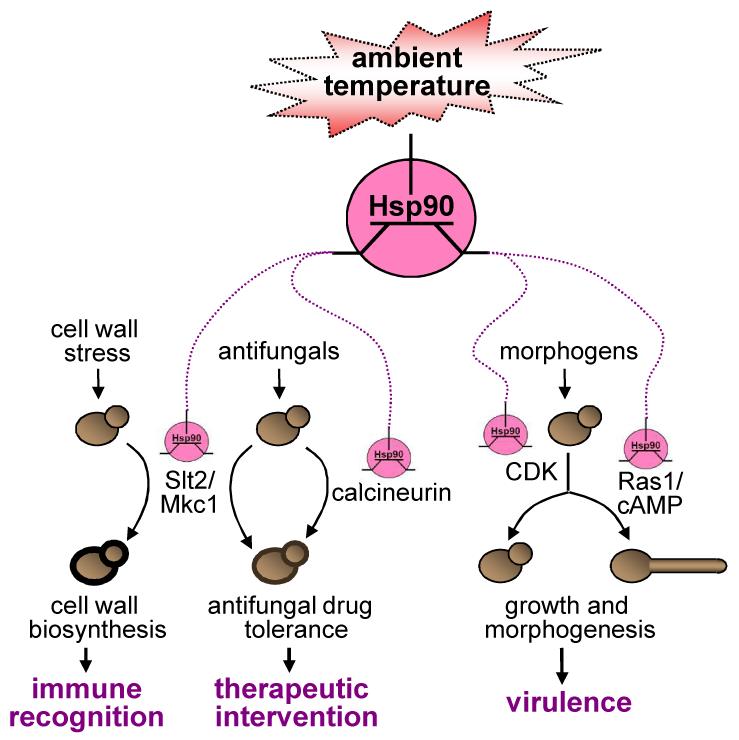Figure 5. Hypothesis: the Hsp90 transistor tunes multiple cellular outputs in response to thermal input.
Thermal fluctuations influence Hsp90 availability and probably the affinity of the Hsp90 chaperone machine for certain client proteins (see text). Hsp90 modulates the activity of many client proteins, which include regulators in key signalling pathways. Hence the Hsp90 chaperone machine is proposed to act like a transistor that modulates the activity of these signalling pathways in response to thermal (and other proteotoxic) inputs. As a result, temperature modulates cell division, adaptation, growth and morphogenesis through the Hsp90 transistor.

